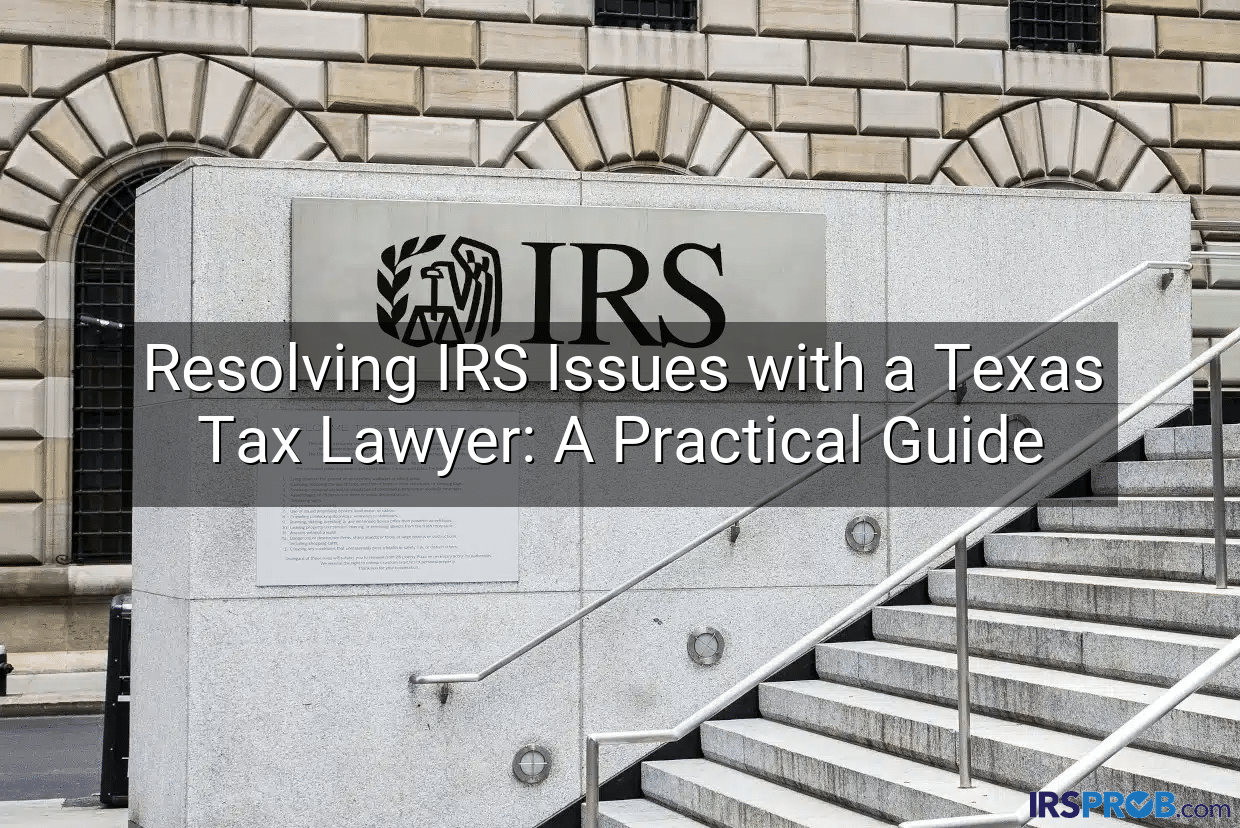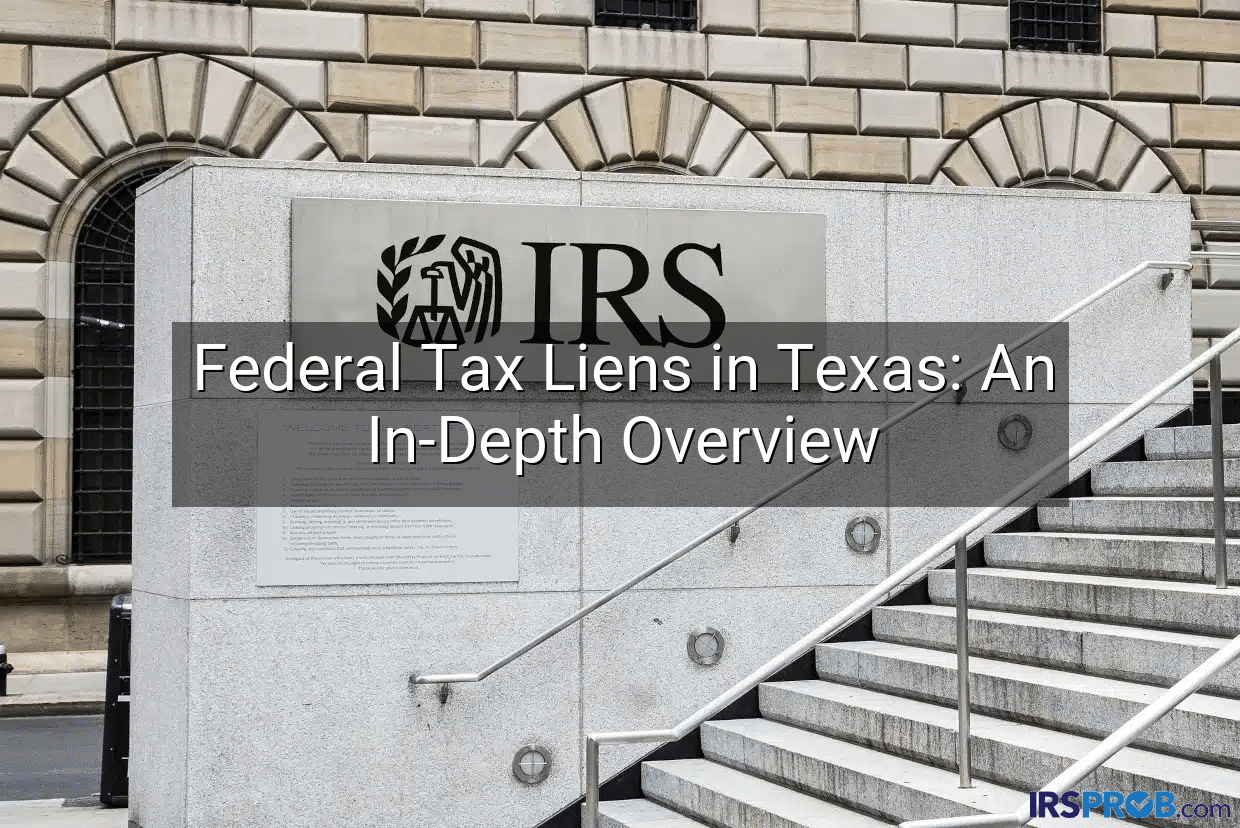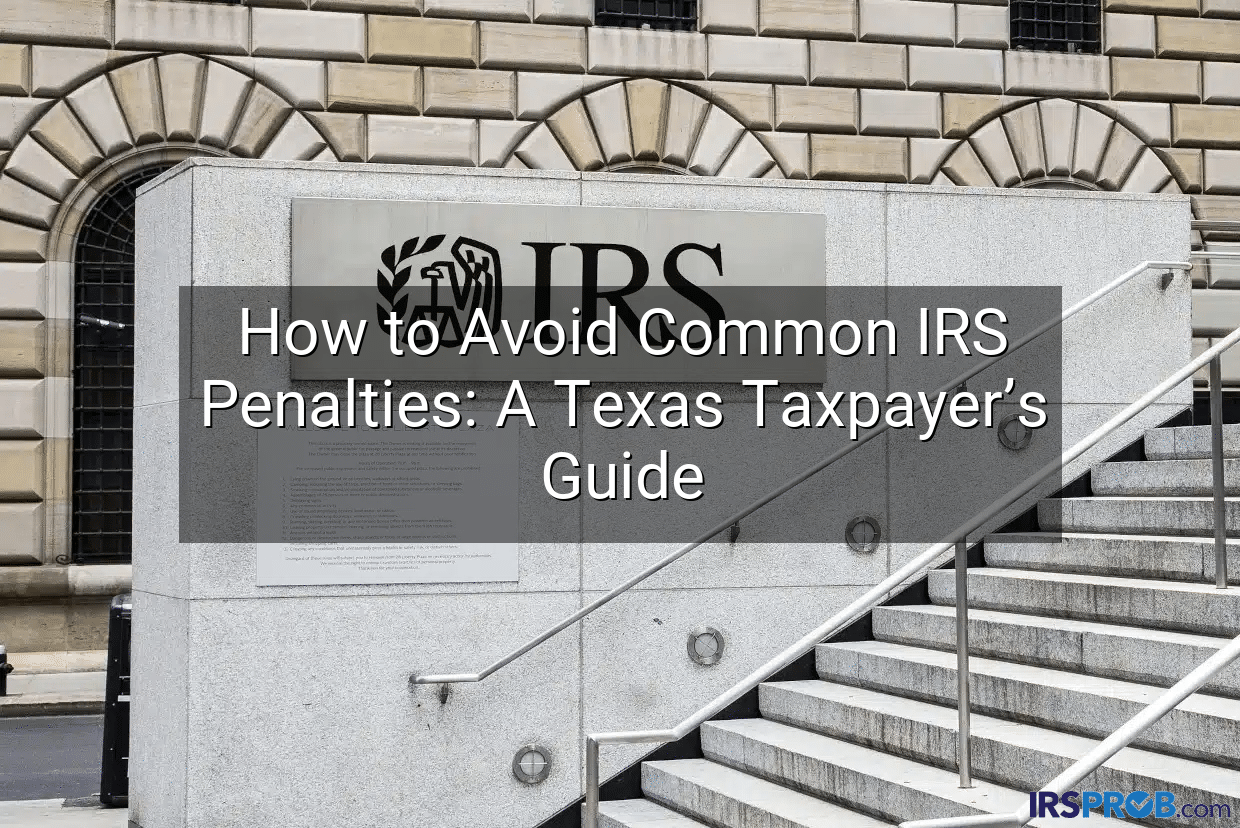The 529 plan is a powerful tool for saving for the rising costs of a college education. Designed to provide tax advantages and encourage families to save, these plans are available in all states except Wyoming, along with the District of Columbia. By understanding the benefits and limitations of a 529 plan, individuals can make informed decisions about their education savings strategy.
One of the primary advantages of a 529 plan is the tax benefits it offers. Contributions to the plan are made with after-tax dollars, meaning that individuals do not receive a federal tax deduction for their contributions. However, the investment growth within the plan is tax-free, allowing the savings to grow more quickly over time. Furthermore, qualified distributions from the plan are tax-free as well, as long as the funds are used for qualified education expenses.
When it comes to reporting taxes, the beneficiary or account owner of a 529 plan receives Form 1099-Q, which details the gross distributions from the plan and the earnings portion. If the amount of gross distribution exceeds the qualified education expenses, a portion or all of the earnings may be subject to taxation for the distributee.
Qualified higher education expenses that can be paid for using 529 plan funds include tuition, fees, books, supplies, and required equipment. Additionally, room and board expenses, as well as computer-related expenses, are considered qualified expenses, subject to certain limitations. A notable feature of 529 plans is that they also allow up to $10,000 per year to be used for K-12 tuition at public, private, or religious schools, as well as a lifetime maximum of $10,000 for student loan expenses.
In addition to the federal tax advantages, most states with an income tax offer further incentives for contributing to a 529 plan. This often takes the form of a tax deduction or a credit. While some states restrict the deduction to residents who choose their home state’s 529 plan, others allow the deduction regardless of which state administers the plan.
Flexibility is another key feature of 529 plans. If the account owner wishes to switch to a different 529 plan, they can do so without incurring income tax consequences, as long as the rollover is for the same beneficiary or a family member. Furthermore, beginning in 2024, beneficiaries will have the ability to roll over funds from a 529 plan to a Roth IRA, with a lifetime maximum of $35,000. This rollover option to a Roth IRA is subject to certain restrictions, but it provides an additional avenue for education savings.
While a Roth IRA can serve as an alternative to a 529 plan for some taxpayers, it lacks certain advantages specifically tailored for education savings. Unlike 529 plans, Roth IRA contributions are made with after-tax dollars, and the growth within the account is tax-free. However, Roth IRAs do not offer the same specialized benefits for education expenses, such as the ability to pay for K-12 tuition or the $10,000 lifetime maximum for student loan expenses.
In conclusion, the 529 plan is a tax-advantaged savings vehicle that plays a crucial role in encouraging families to save for the costs of higher education. With its tax-free growth and distribution benefits, along with state-level incentives and flexibility in rollovers, the 529 plan remains an attractive option for those planning for future educational expenses. While a Roth IRA can provide an alternative, it lacks the specialized advantages that make 529 plans uniquely suited for education savings. By carefully considering their individual circumstances and goals, individuals can make informed decisions about the best strategy for their education savings needs.









